1. Komori T, Yagi H, Nomura S, Yamaguchi A, Sasaki K, Deguchi K, Shimizu Y, Bronson RT, Gao YH, Inada M, Sato M, Okamoto R, Kitamura Y, Yoshiki S, Kishimoto T. 1997; Targeted disruption of Cbfa1 results in a complete lack of bone formation owing to maturational arrest of osteoblasts. Cell. 89:755–764. DOI:
10.1016/S0092-8674(00)80258-5. PMID:
9182763. PMID:
https://www.scopus.com/inward/record.uri?partnerID=HzOxMe3b&scp=0030684749&origin=inward.
2. Li S, Kong H, Yao N, Yu Q, Wang P, Lin Y, Wang J, Kuang R, Zhao X, Xu J, Zhu Q, Ni L. 2011; The role of runt-related transcription factor 2 (Runx2) in the late stage of odontoblast differentiation and dentin formation. Biochem Biophys Res Commun. 410:698–704. DOI:
10.1016/j.bbrc.2011.06.065. PMID:
21703228. PMID:
https://www.scopus.com/inward/record.uri?partnerID=HzOxMe3b&scp=79960031652&origin=inward.
11. D'Souza RN, Aberg T, Gaikwad J, Cavender A, Owen M, Karsenty G, Thesleff I. 1999; Cbfa1 is required for epithelial-mesenchymal interactions regulating tooth development in mice. Development. 126:2911–2920. DOI:
10.1242/dev.126.13.2911. PMID:
10357935.
13. Kwon E, Todorova K, Wang J, Horos R, Lee KK, Neel VA, Negri GL, Sorensen PH, Lee SW, Hentze MW, Mandinova A. 2018; The RNA-binding protein YBX1 regulates epidermal progenitors at a posttranscriptional level. Nat Commun. 9:1734. DOI:
10.1038/s41467-018-04092-0. PMID:
29712925. PMCID:
PMC5928080. PMID:
ae77c37590464e83bc58037121dc3a32. PMID:
https://www.scopus.com/inward/record.uri?partnerID=HzOxMe3b&scp=85046367125&origin=inward.
27. Pratap J, Galindo M, Zaidi SK, Vradii D, Bhat BM, Robinson JA, Choi JY, Komori T, Stein JL, Lian JB, Stein GS, van Wijnen AJ. 2003; Cell growth regulatory role of Runx2 during proliferative expansion of preosteoblasts. Cancer Res. 63:5357–5362. PMID:
14500368. PMID:
https://www.scopus.com/inward/record.uri?partnerID=HzOxMe3b&scp=0141705433&origin=inward.
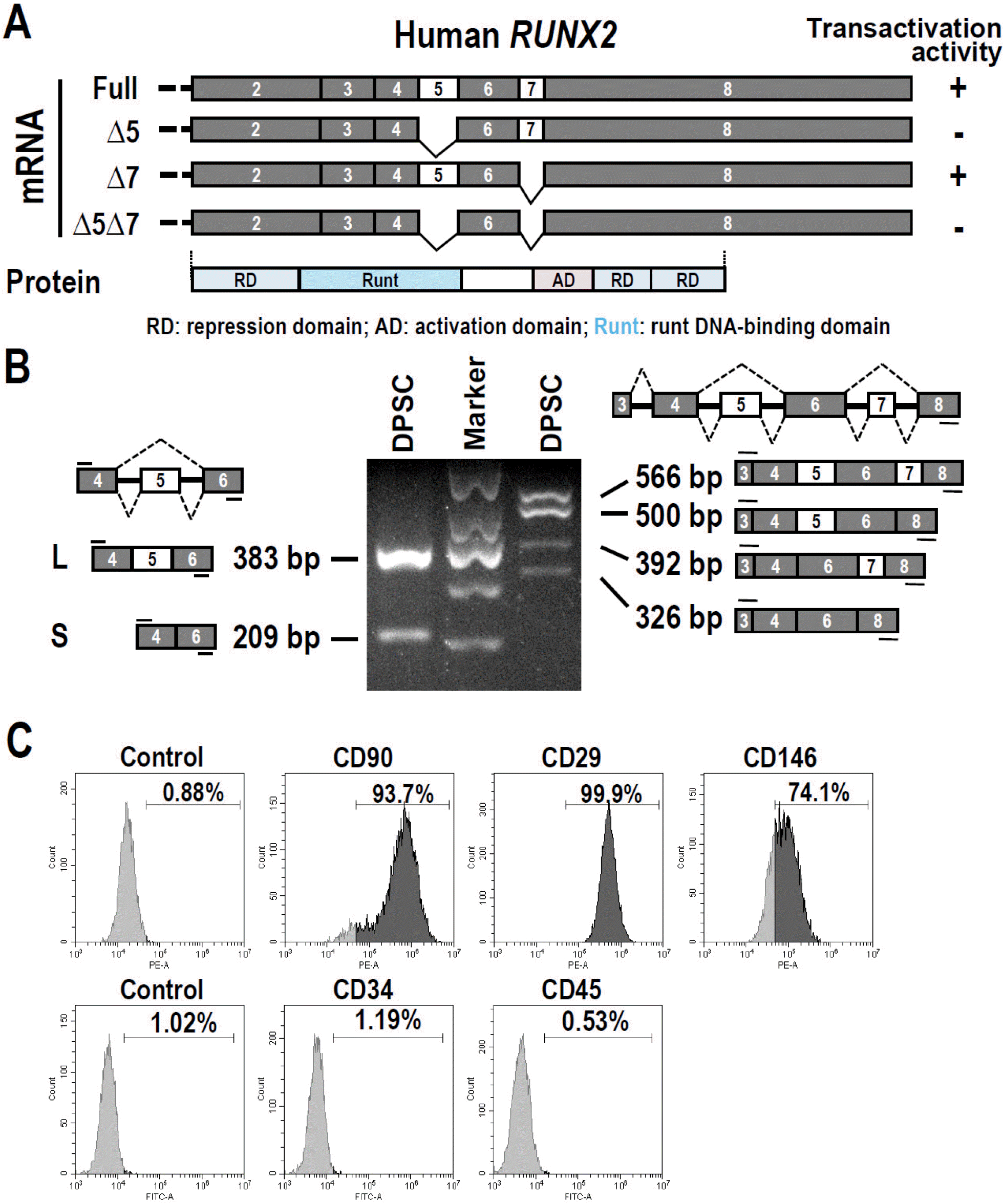
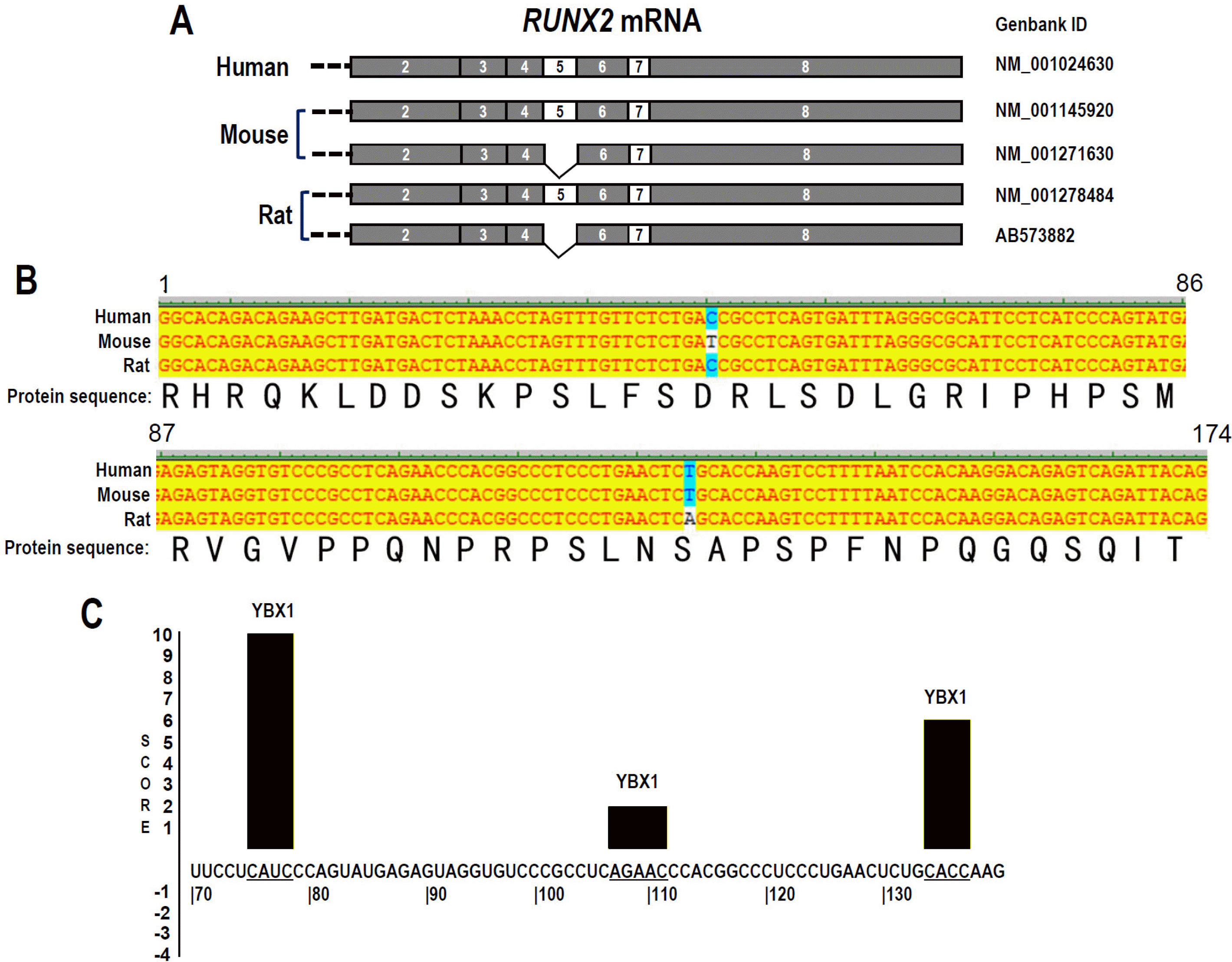
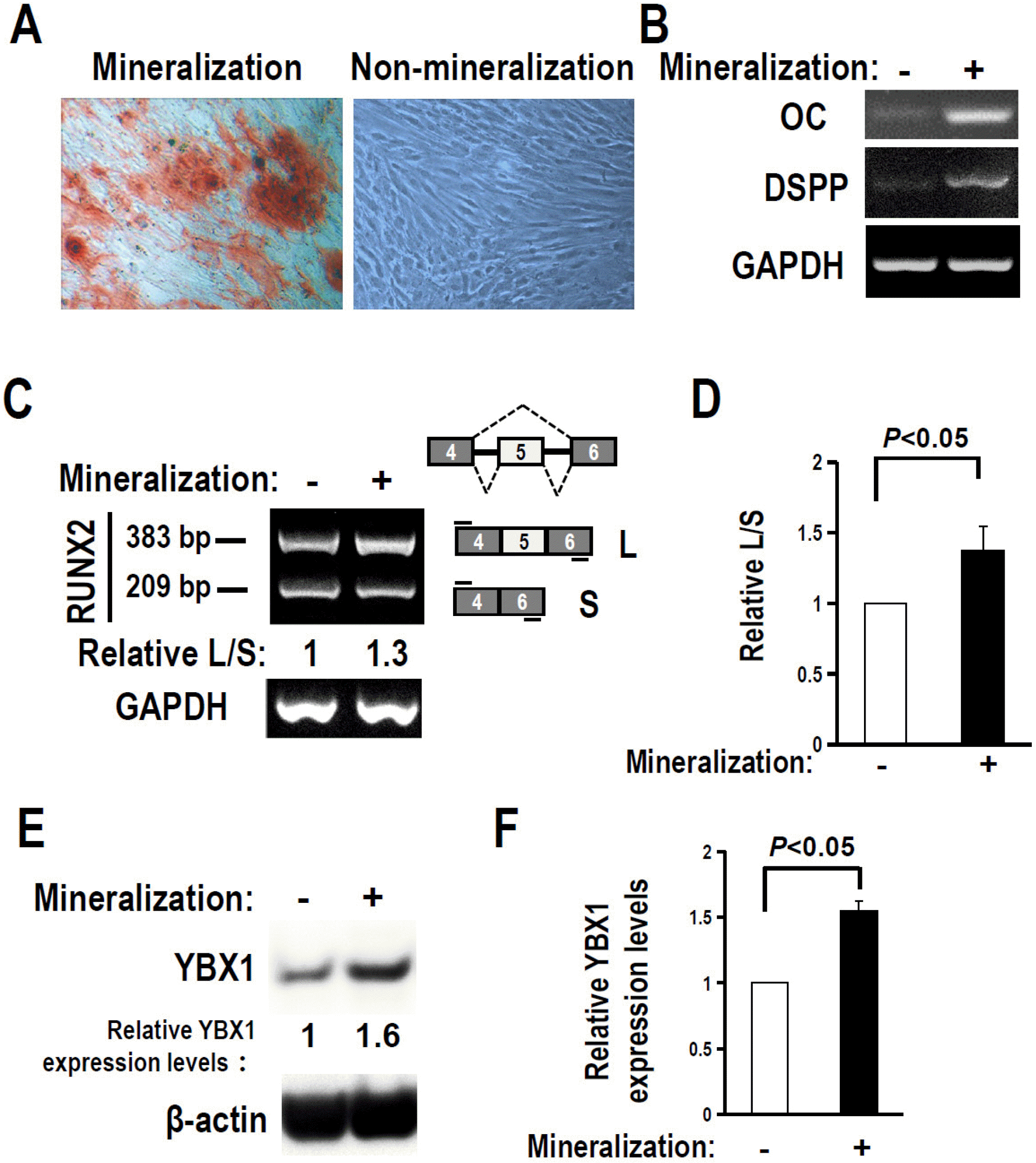
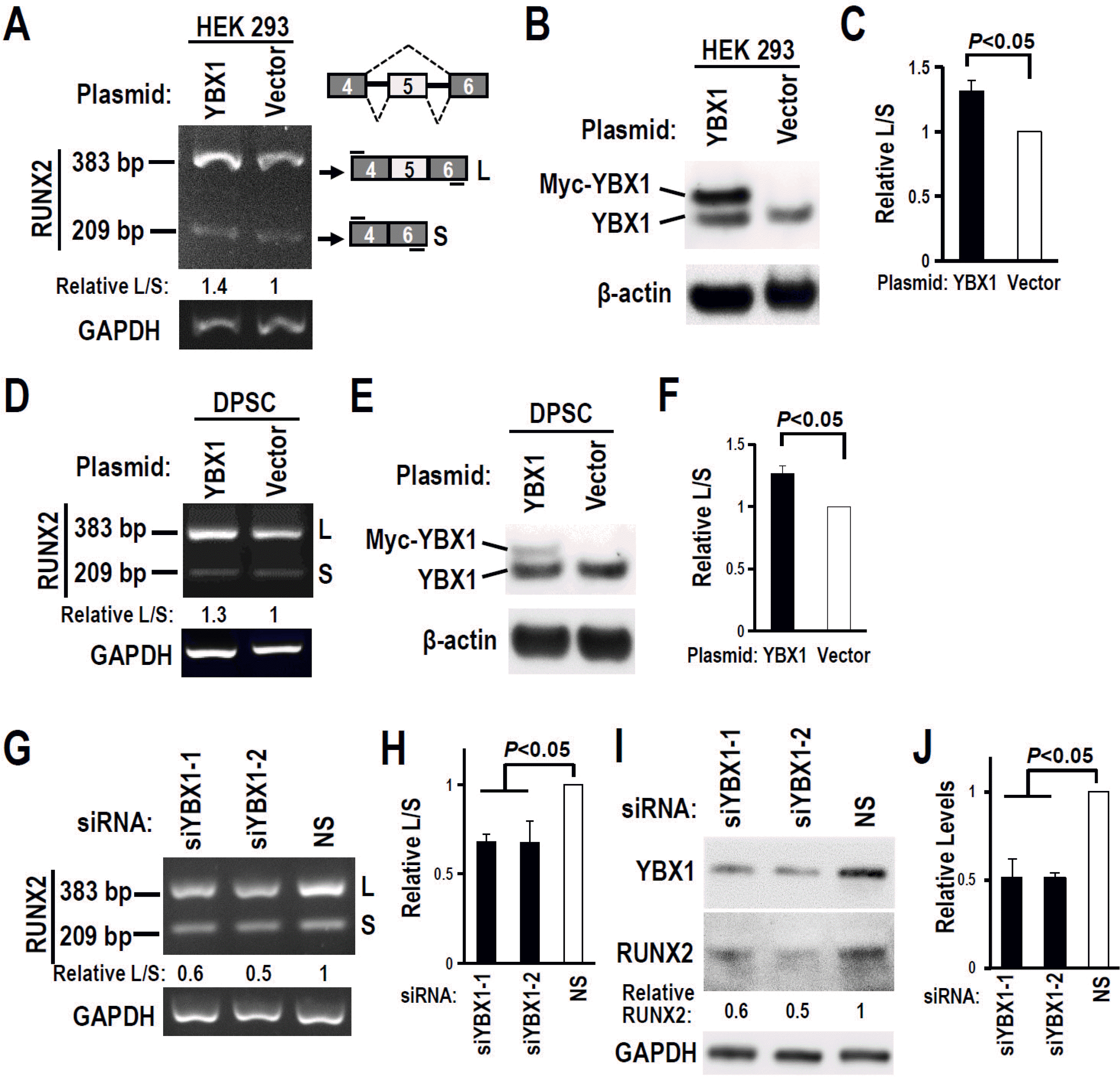
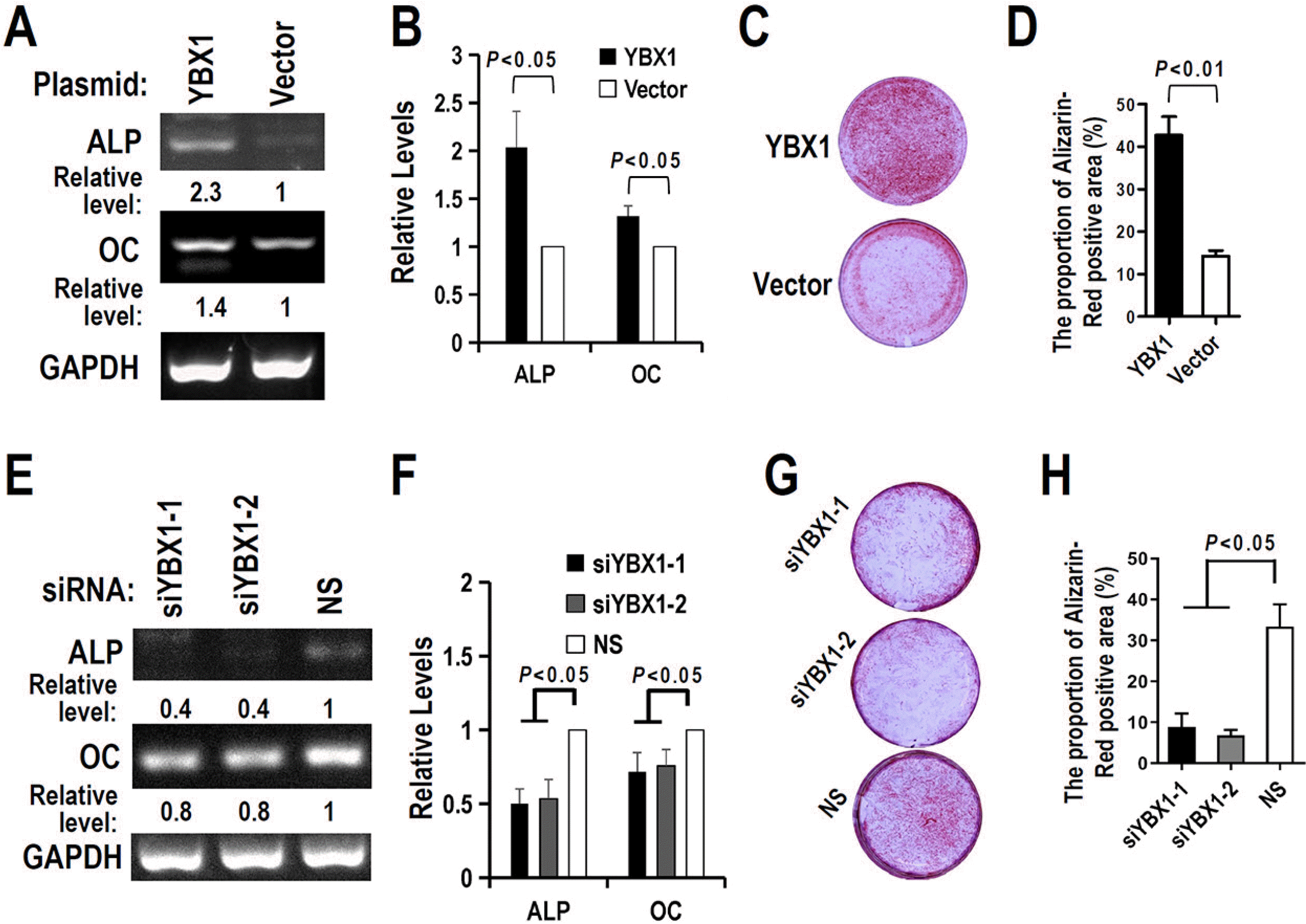
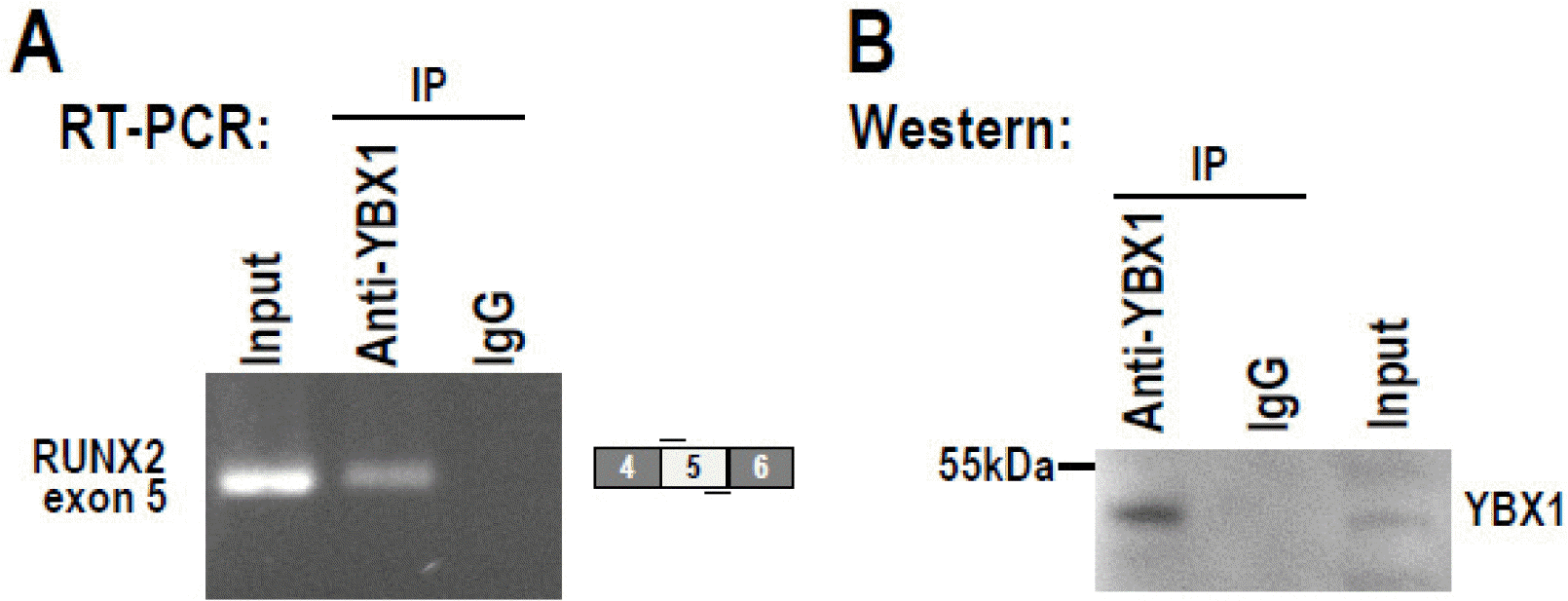




 PDF
PDF Citation
Citation Print
Print


 XML Download
XML Download